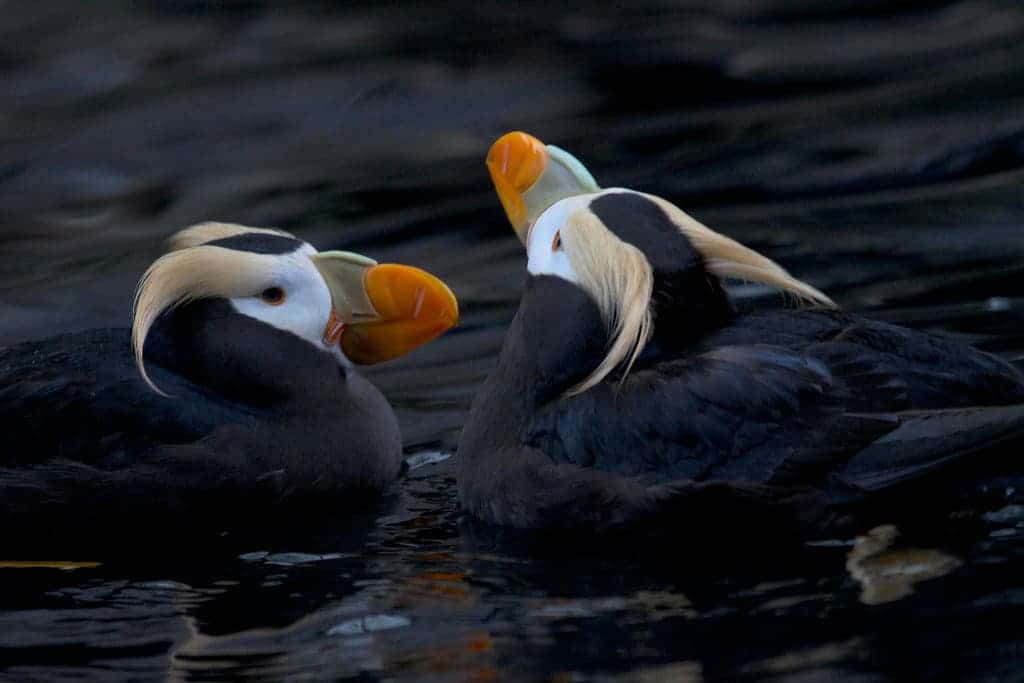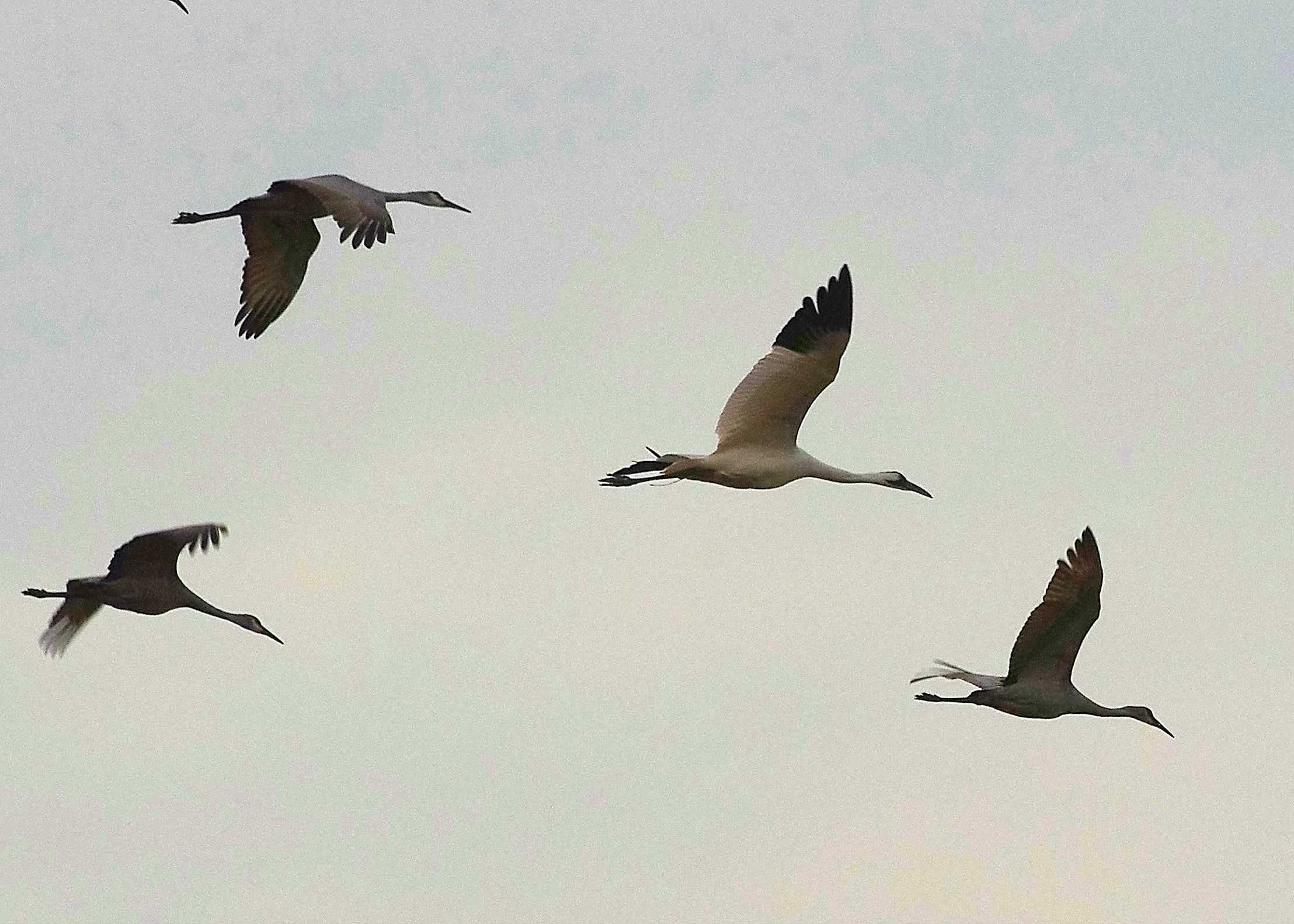When the mating season swings around, puffins get their best beaks out — but you need to bring out a UV lamp to see it.

Researchers have long suspected that puffin (genus Fratercula) bills are more of a display piece than an efficient pecking machine. However, apart from the obvious pomp these organs are presented with, we didn’t have much evidence in favor of our theory. That all changed recently, when Jamie Dunning, an ornithologist affiliated with the University of Nottingham, showed that the bills are patterned with ridges that glow in ultraviolet (UV) light.
Blingy Bill
Birds don’t see the world exactly as we do. For starters, there’s quite a lot of evidence suggesting they can actually see magnetic fields. They also have the ability to see radiation at the UV end of the spectrum, which is radiation of higher energy than that in the visible spectrum of red, blue, and green. In other words, they can see some ‘colors’ that we cannot under normal circumstances — they become visible to us only under a UV light.
This knowledge has helped us discover patterns and colors in the plumage of other species that were invisible to the naked eye. It also led Dunning to suspect that the puffins may similarly hide an ace up their beak, given the structure’s blatant role as sexual advertisement. So, he set out to see if this was the case — starting with a dead puffin.
“I had one in the freezer – I’m the kind of guy people send dead birds to,” he said. “I had a UV light because we do a lot of spider stuff in the lab and a lot of them and scorpions glow in UV light, so I just turned the torch on the puffin and took a photo of what I saw.”
'[birds have] additional color cones in their retina that are sensitive to ultraviolet range.'
I exposed some of my specimens to UV light.
The Puffins bill was pretty cool, I wonder if it's related to signalling? #Ornithology pic.twitter.com/eZTbrmi0y5— Jamie Dunning (@JamieDunning) February 8, 2018
The ridges you see glowing here, called the lamella and the cere, (which appear yellow to us) are how puffins see each other during normal daylight hours, thanks to their ability to peer into the UV spectrum. The next step for the team was to make sure the effect could be seen in living specimens as well — a process which adorably involved creating special sunglasses to protect the bird’s eyes from the bright UV light, Dunning recounts.
To study the ultraviolet properties of the puffins bill, we have had to design something to protect their eyes from the light.
These are our prototype auk 'sunglasses', designed at @designdotgold. #ornithology pic.twitter.com/LMCvdl3sv3
— Jamie Dunning (@JamieDunning) March 29, 2018
Although he reported that living puffins showcase the same glowing ridges on their beaks, Dunning notes that their exact function is still unknown. It’s likely involved in signaling an individual’s sexual availability or prowess to others, not very dissimilar to a puffin-Tinder. Given the fact that puffins go through winter (i.e. outside of the mating season) with small and brown beaks makes it likely that they are solely involved in sexual signaling — but more research will be needed until we can say for sure.
“The obvious things with puffin bills – the bit we all know, the big beautiful orange bill, is that it actually comes off after the breeding season,” Mr Dunning says. “Their ornamentation develops specifically for the breeding season, so the clues are there it’s for sexual selection, and therefore the clues are there that this UV is an adaptation for sexual signalling.”
“With a puffin’s bill you don’t have to look at it very long to see that there’s hundreds of thousands of years of sexual selection there.”
Dunning plans to publish a paper detailing the findings with colleagues at the University of New Brunswick, and expects more research will follow.






